In 2015, artist-photographer Hua Weicheng started to film and photograph Yangren Jie AKA “Foreigners’ Street.” Although the space boasted many funky-looking alien and UFO sculptures, the “Yangren” in its name still means “foreigners” rather than “aliens.” It was a themed amusement park located in the Nan’an District of Chongqing. Inside the park, hundreds of bizarre sculptures were displayed, earning it the reputation as the place with the most iconic Chinese Dreamcore aesthetic. After years of documentation, the street was demolished, but the memories live on.
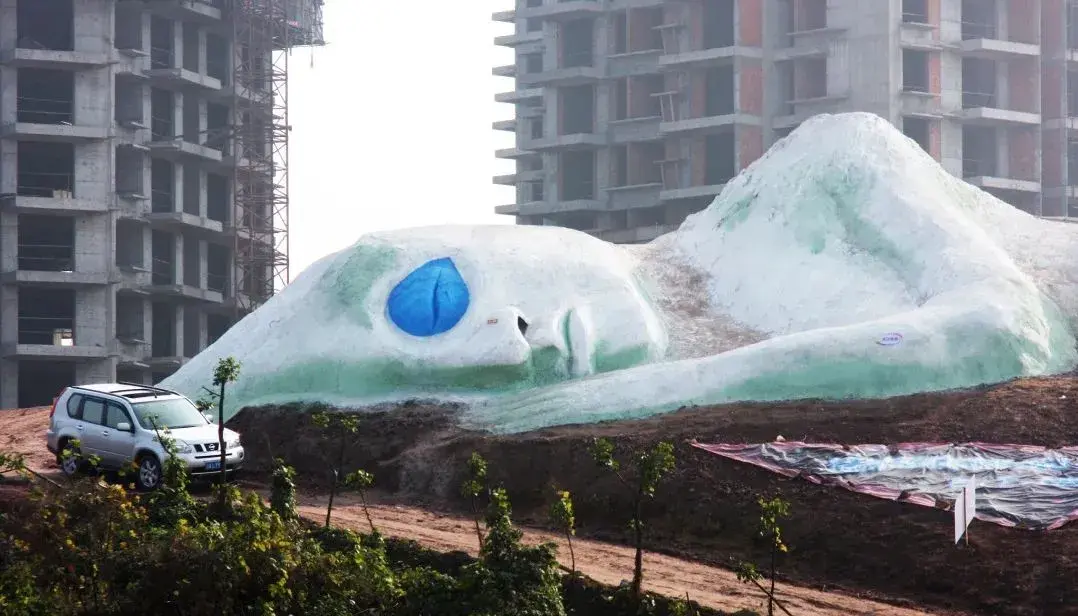
As for how Foreigners’ Street came to be: in the early 2000s, Chongqing’s Nan’an area suffered frequent flooding. With a limited government budget for flood control, real estate and development firms like Meixin were invited to help in reshaping the urban landscape. Meixin responded with the idea of Foreigners’ Street, a theme park of recreated international architecture. From the Ponte Vecchio in Florence, Italy, to Christ the Redeemer in Rio de Janeiro, Brazil, even the Great Wall was replicated in “miniature.” These facades were made by non-professional leadership and staff of Meixin, based on photos from overseas trips and internet research, often without regard for the original blueprints. This, as expected, produced warped interpretations of the real things. As for how sleeping aliens and UFOs came into the mix… well, why not?
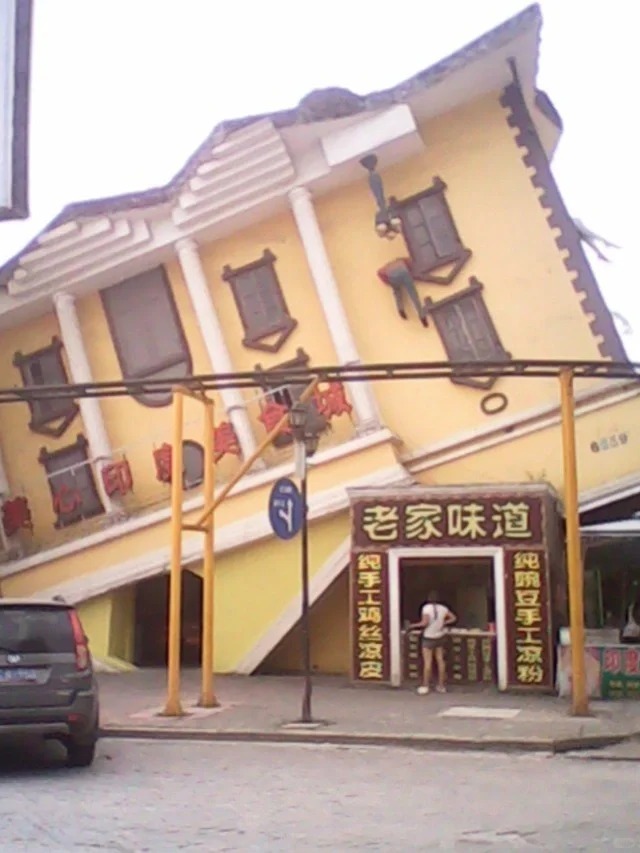
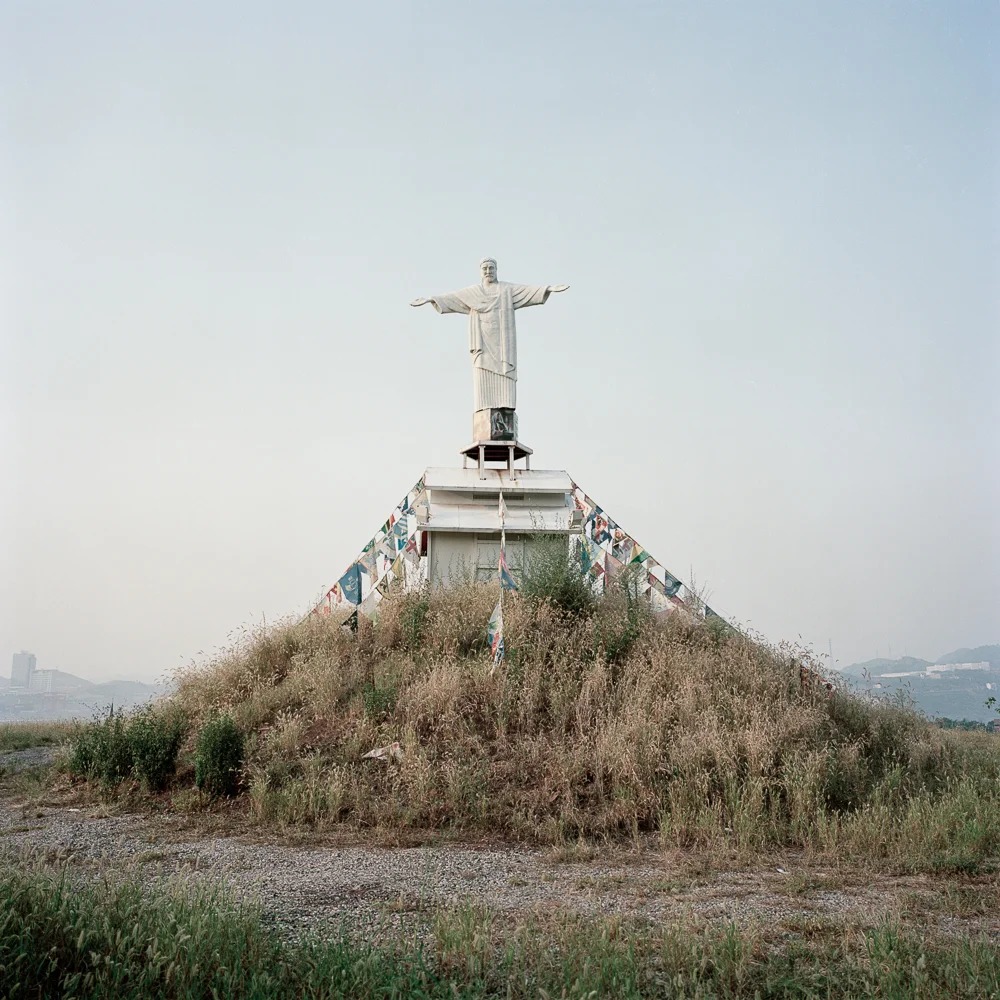
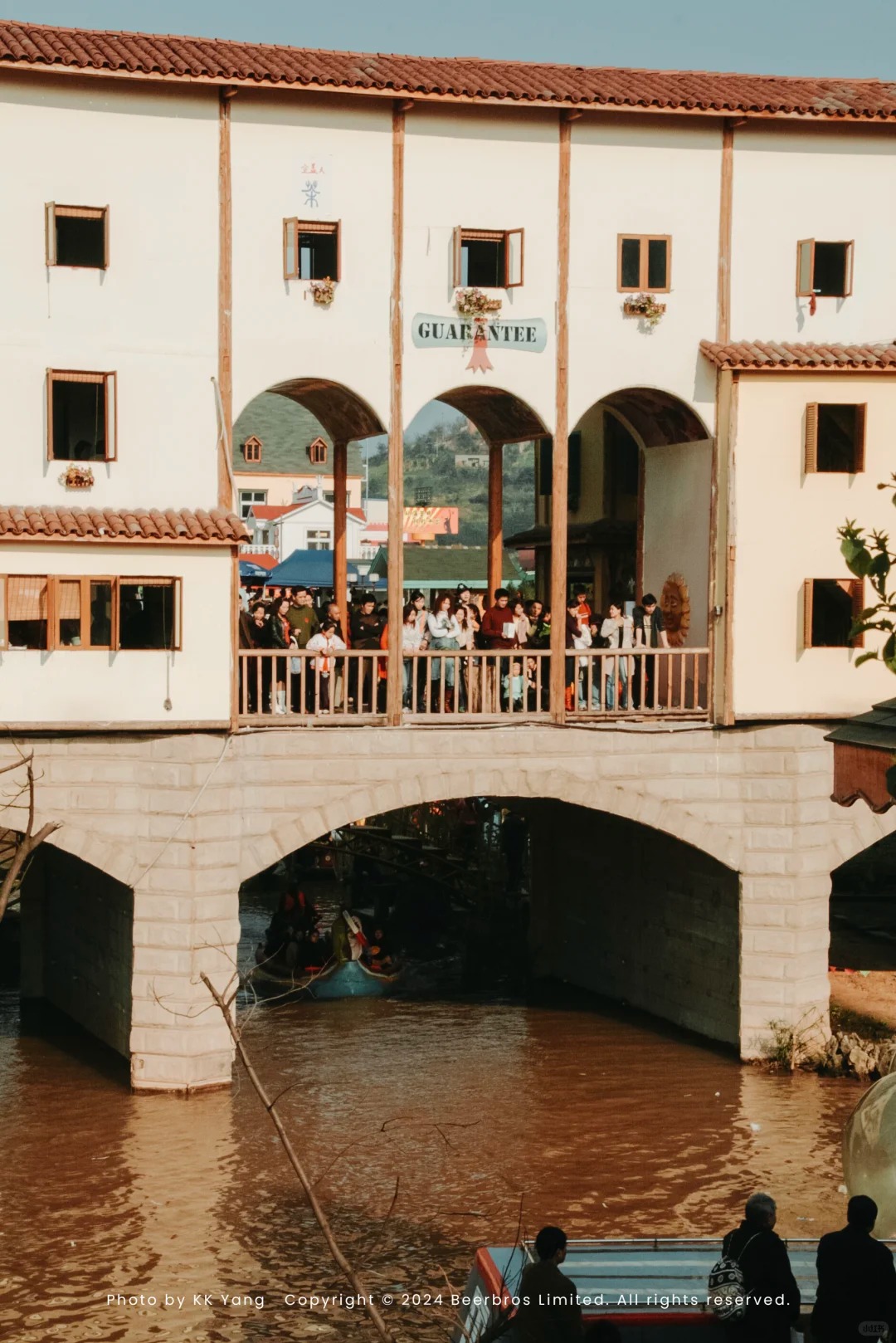
Hua visited the park often, photographing its unique landscape repeatedly. He befriended many of the park’s homeless community; most notably, Xiao Zhi, who in Hua’s films became a mythic figure. In 2022, Hua’s short film, in which he imagined Foreigners’ Street as something like Shan Hai Jing (the classic book of myth) and Xiao Zhi as a shaman, was screened at the Amsterdam International Documentary Film Festival 2022. He also held an exhibition in Chongqing, transforming the site to mythical heights.
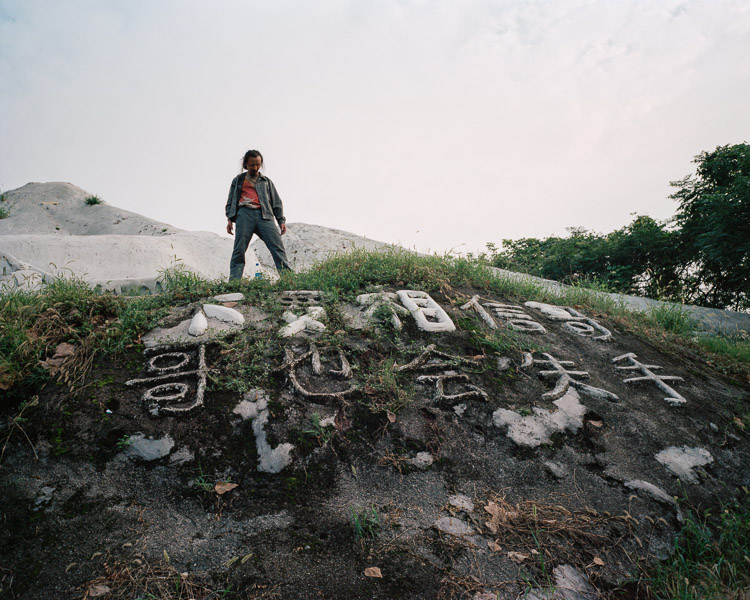
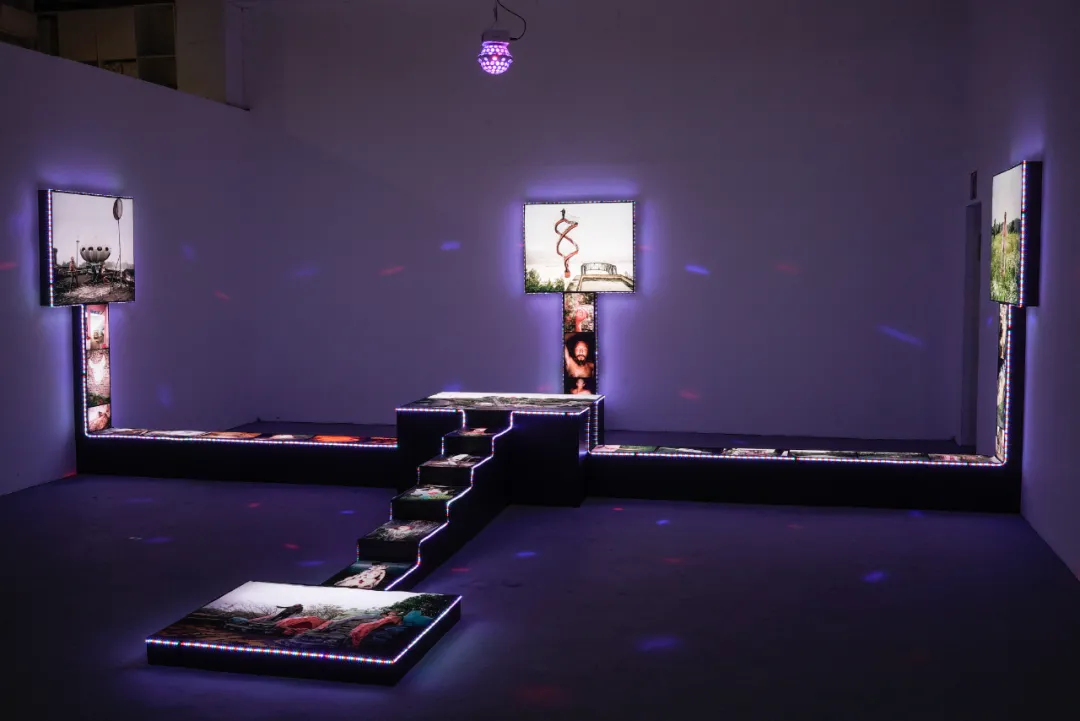
Grassroots documentation of Foreigners’ Street was not limited to Hua. To many ordinary Chongqing residents, it was a childhood memory. Exotic performers and staff worked there, selling “Indian pancakes” that few real Indians would actually recognize. The cheesy 土味 slogans—homespun, awkwardly translated or borrowed—captured the zeitgeist of 2000s China: ambition, exotic longing, and the idea of projecting one’s dreams to a foreign place or an imagined civilization; authenticity mattered less than aspiration.
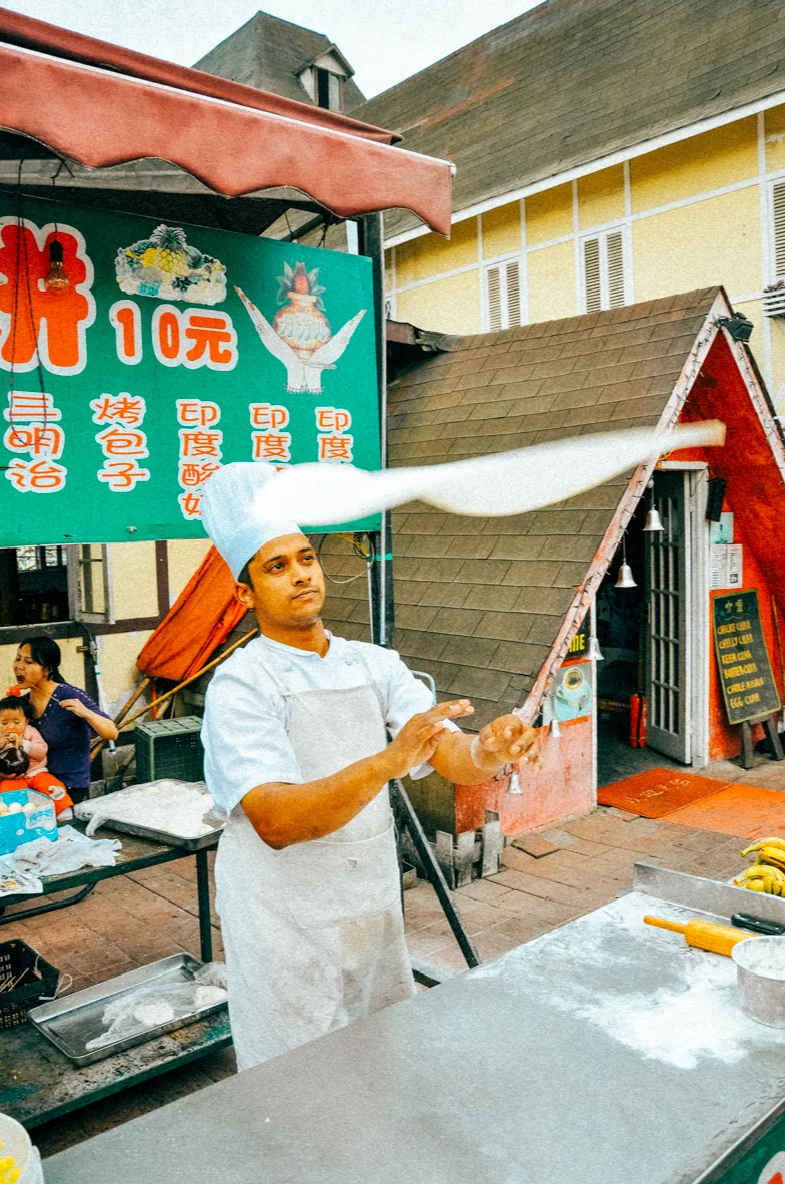
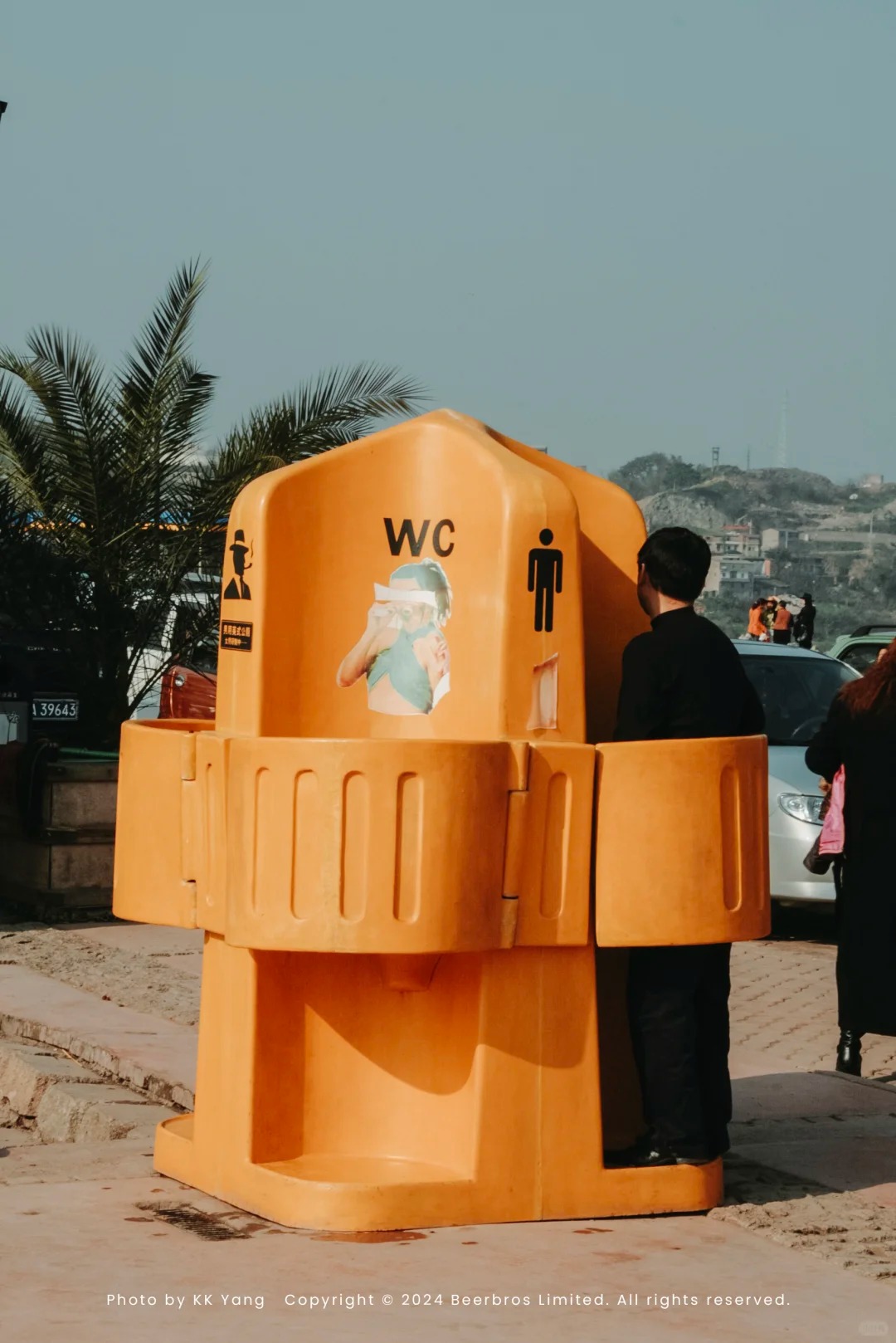
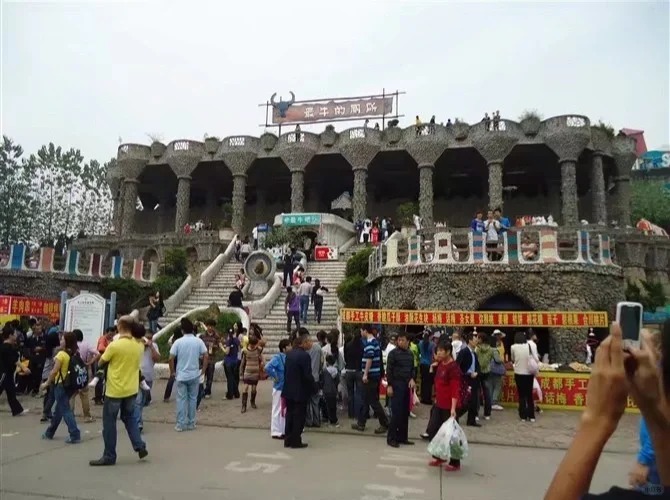
After the original Foreigners’ Street was demolished in March 2019, Meixin initially planned on relocating it to Fuling District, but recent reports show a new “No.2 Foreigners’ Street” project underway in Ba’nan District, closer to the city center. It aims to be more than a theme park—a mixed complex of tourism, leisure, shopping, performance, and industrial cultural exhibits.
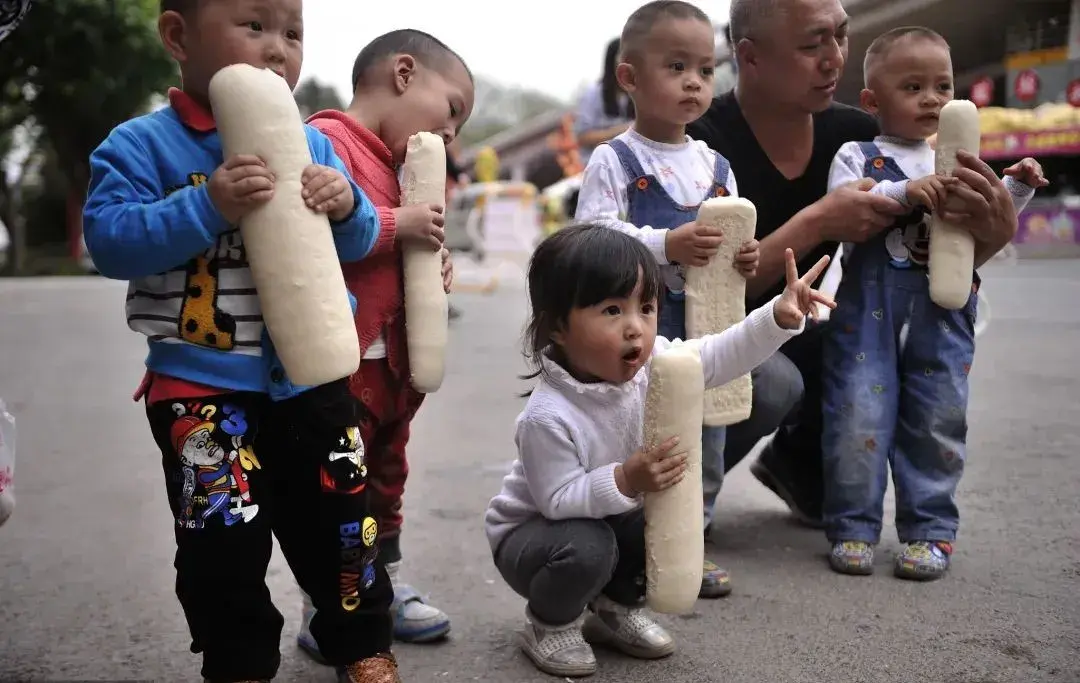
Whether visitors will return in the same way, to recapture nostalgic dreams, is uncertain. But some things—like the one-yuan mantou, the yellow outdoor toilets, and the cheesy slogans—cannot be rebuilt. Meanwhile, the original Foreigners’ Street remains in memory and documentation, tended by photographers and storytellers of the city.
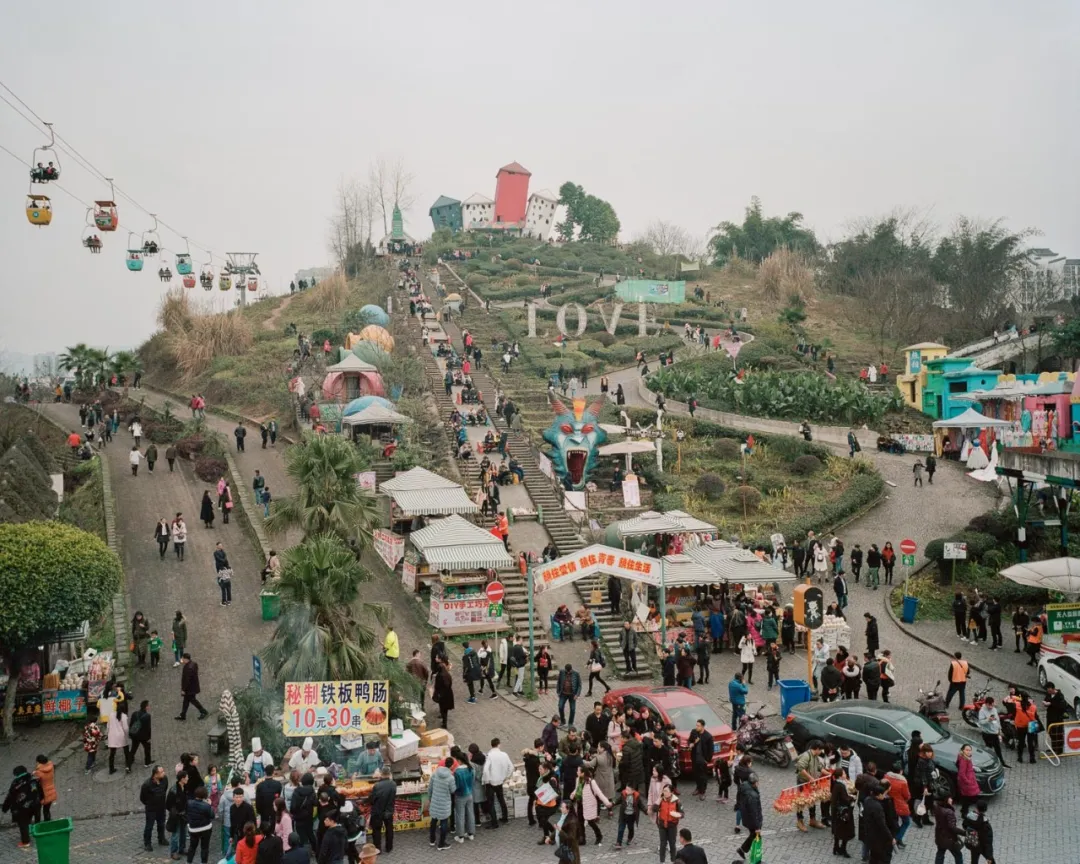
Cover Image via Hua Weicheng.












